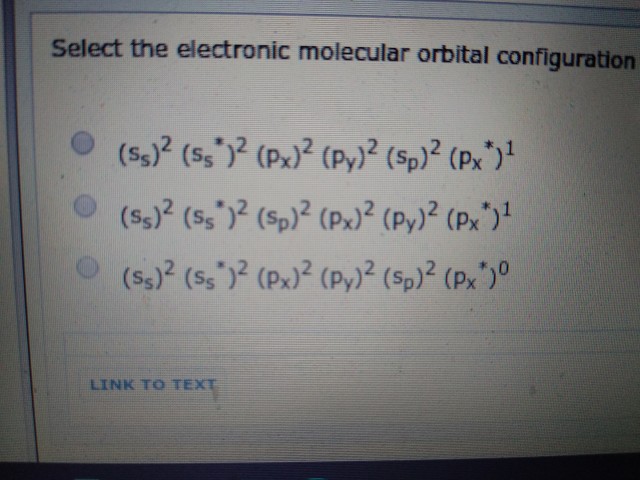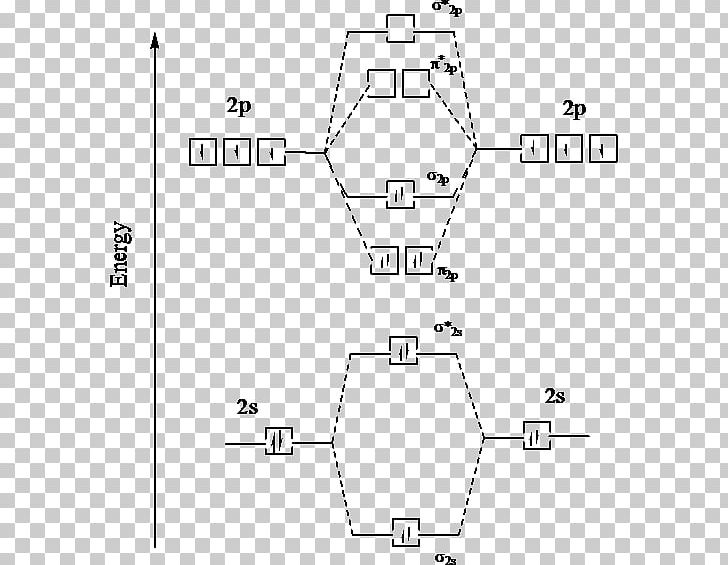

s and l in part determine the electron's magnetic dipole moment. Spin is an intrinsic property of the electron and independent of the other numbers. +½ or -½ (sometimes called "up" and "down") (s=0, p=1.)ĭetermines energy shift of an atomic orbital due to external magnetic field ( Zeeman effect).

The orbital's angular momentum, also seen as the number of nodes in the density plot. Partly the overall energy of the orbital, and by extension its general distance from the nucleus. Three of these are integers and are properties of the atomic orbital in which it sits (a more thorough explanation is given in that article). The state of an electron in an atom is given by four quantum numbers. The discussion below presumes knowledge of material contained at Atomic orbital. 1.5 Relation to the structure of the periodic table.In bulk materials this same idea helps explain the peculiar properties of lasers and semiconductors. The concept is also useful for describing the chemical bonds that hold atoms together. Knowledge of the electron configuration of different atoms is useful in understanding the structure of the periodic table of elements. Because of the Pauli exclusion principle, no more than two electrons may exist in a given atomic orbital therefore an electron may only leap to another orbital if there is a vacancy there. The probability that the act of measurement will detect the electron at a particular point in space is proportional to the square of the absolute value of the wavefunction at that point.Įlectrons are able to move from one energy level to another by emission or absorption of a quantum of energy, in the form of a photon. According to the Copenhagen interpretation of quantum mechanics, the position of a particular electron is not well defined until an act of measurement causes it to be detected. Formally, the quantum state of a particular electron is defined by its wavefunction, a complex-valued function of space and time. Like other elementary particles, the electron is subject to the laws of quantum mechanics, and exhibits both particle-like and wave-like nature. In atomic physics and quantum chemistry, the electron configuration is the arrangement of electrons in an atom, molecule, or other physical structure ( e.g., a crystal).


 0 kommentar(er)
0 kommentar(er)
